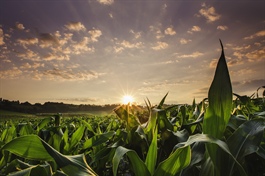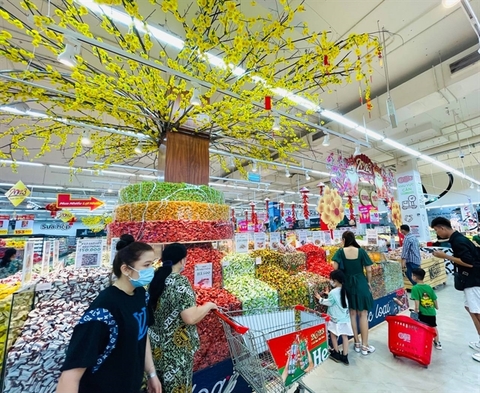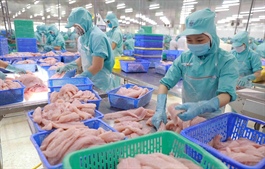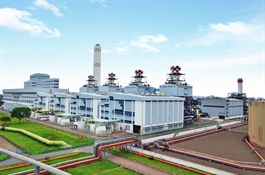Feed producers prepare for self-sufficiency in production
Feed producers prepare for self-sufficiency in production
As domestic feed producers are pressured by continuously increasing prices for raw materials like corn and soy, local producers are urged to up their game, all while their biggest customers prepare for the busy festive season.
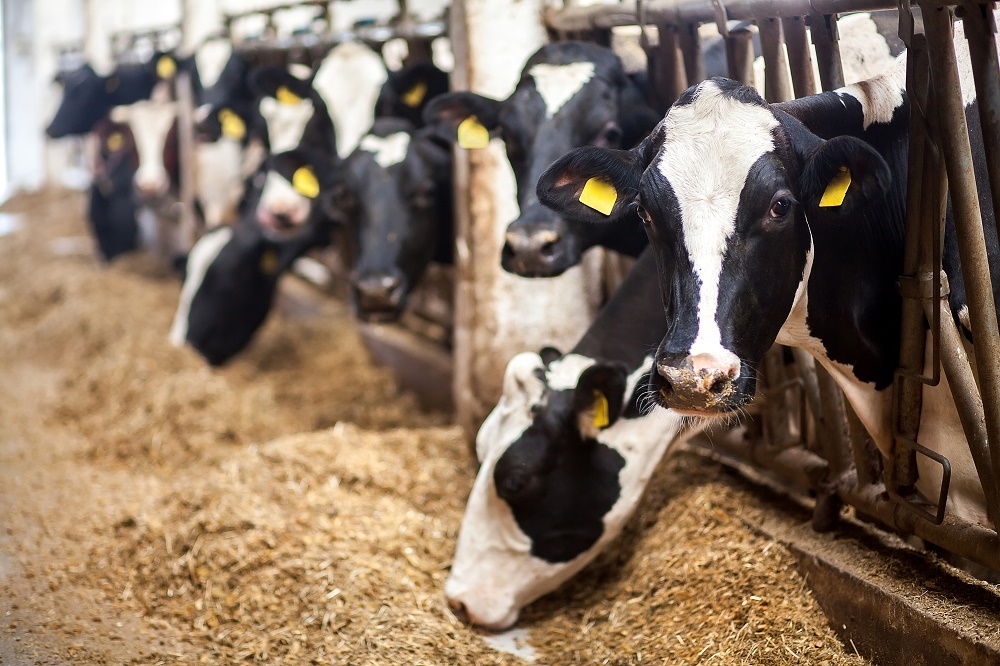
Several weeks ago, a series of animal feed companies announced they would increase the selling price of their products. Viet Nhat Animal Feed JSC applied its new prices on November 16, while Asia International Nutrition JSC also announced increases for several of its products. The reason was that the price of fuel, raw materials, and feed production costs have been constantly increasing, along with a rising USD exchange rate that shows no sign of stopping.
Tong Xuan Chinh, deputy director of the Department of Livestock Production under the Ministry of Agriculture and Rural Development (MARD), said, “In 2023, the price of animal feed cannot cool down because Vietnam depends on imported materials and supply chains from key sources. The current conflict between the world’s two major wheat and corn producers, and high costs in other major corn producing countries in South America and Europe due to weather and energy crises, are adding up to this.”
Chinh explained that the price of raw materials for animal feed production has increased continuously since autumn 2020, in which the price of corn and soybean meal increased the highest. “Between 2015 and 2020, the price of domestic animal feed ingredients was relatively stable, even decreasing at some point. The biggest difficulty is the limited domestic production capacity of animal feed ingredients, which relies heavily on imported materials.”
According to Chinh’s department, Vietnam needs a considerable amount of fine feed ingredients, while the country can only supply about 13 million tonnes annually, accounting for about 35 per cent of the total demand. The rest comes from imported sources. Currently, the total demand for refined feed such as maize, soybean meal, bran, and fish meal of the entire livestock industry of Vietnam is about 33 million tonnes per year, mainly used for pig and poultry production. Vietnam imports about 20-22 million tonnes of animal feed ingredients each year, including ingredients for aquatic products.
In 2023, Vietnam’s animal feed industry may continue to feel two risks in particular, according to domestic manufacturers. Firstly, about 80 per cent of input materials for animal feed production are imported, so an increase in the USD exchange rate will lead to higher import prices. Secondly, African swine fever may continue to affect the supply of pork, while current vaccines have not shown many positive results.
Many meat producers expect difficulties to ease in 2023 as pig prices are expected to increase by 5 per cent over the same period, thanks to increased demand for food. This month, as meat producers are actively restocking for Lunar New Year, the Commodity Exchange of Vietnam found that the price of input materials for the animal feed industry was at a high level and thus attractive to domestic manufacturing enterprises.
According to the exchange, due to the nature of direct links with world prices, the prices of animal feed ingredients in the Vietnamese market are likely to remain at a stable price range and are unlikely to fall sharply, a fact that could be used by livestock enterprises and factories to buy and import goods and prepare for the anticipated recovery of raw material prices.
Many domestic analysts forecast that feed costs will gradually decrease in 2023, offset by a 10-15 per cent increase in meat consumption demand from the fourth quarter of 2022 as the Lunar New Year approaches.
Nevertheless, a few Vietnamese companies have considered self-sufficiency in raw materials for animal feed production. De Heus Vietnam asked the MARD to develop a key animal feed production area to proactively source domestic raw materials and lower the price of animal feed.
“We are ready to coordinate, build a preliminary processing plant, and store raw materials for animal feed,” said Nguyen Quang Hieu, deputy general director of De Heus Vietnam. The firm is planning to develop a material growing area in the Central Highlands for animal feed in the next 2-3 years. Currently, domestic raw materials only account for 10-15 per cent of De Heus’ structure of input materials for animal feed production.
“The biggest problem is to accumulate enough land to form a large sample field,” Hieu said. “Only then will it be possible to develop mechanisation and the area of genetically modified corn, which renders us able to compete with imported materials. Currently, maize yield in Vietnam is only 4.8 tonnes per hectare, meaning it’s difficult to compete.”



